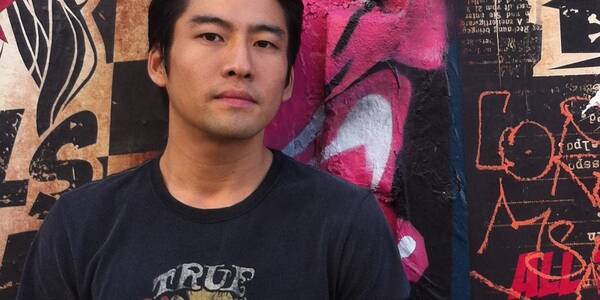feature / artcenter-extension / faculty / alumni / photography-and-imaging
April 17, 2020
By Solvej Schou
Images courtesy of Gail Howland
ACX KIDS CLASSES PHOTOGRAPHY AND PHOTOGRAPHY BOOK WORKSHOP SPARK CREATIVITY AT HOME
Alumna Gail Howland (BFA 04 Photography and Imagining) teaches ACX Kids classes Photography and Photography Book Workshop with an eye toward exploration, imagination and discovering the incredible possibilities of making a photographic image. ACX Kids is ArtCenter’s extension program for students in grades 4 through 8.
Traditionally, in her Photography class, students learn about imagery and composition, basic printing processes and how to print from their own negatives in a traditional black-and-white darkroom. In the Summer class Photography Book Workshop, students examine the power of photography to tell stories by creating a personal art book of images based on a theme that sparks interest and inspiration.
So when her Spring 2020 Photography class switched to being taught remotely, due to the COVID-19 pandemic, the darkroom became an online video chat room, and she and her students quickly adapted to outside-the-box forms of creating and communicating.
“How oddly wonderful that this time of crisis has necessitated new ways of engaging students online for our classes,” says Howland. “Our kids are so smart and savvy with technology. I would have never believed that a black-and-white lab class could be translated to a great online studio like this.”
After one particular portrait shoot, without being prompted, students started sending her their images through links in their online video chat or to her ArtCenter email. “None of them required any assistance from either me or their parents,” she says.
As students look around their homes and neighborhoods for savvy solutions to assignments, and connect online with their communities and the world at large, ACX Kids faculty are approaching teaching remotely with the same passion for innovation and making. Howland, who has photographed for the Los Angeles Times, New York Times, Architectural Record and other publications, says a creative skill set can inform the rest of a child’s life as both a creative and a human being.
“Taking an art class should be as essential as taking a math or science class because it teaches you how to build a perspective,” she says. “Giving young people the tool kit necessary to forge their own creative point of view is truly gratifying.”






